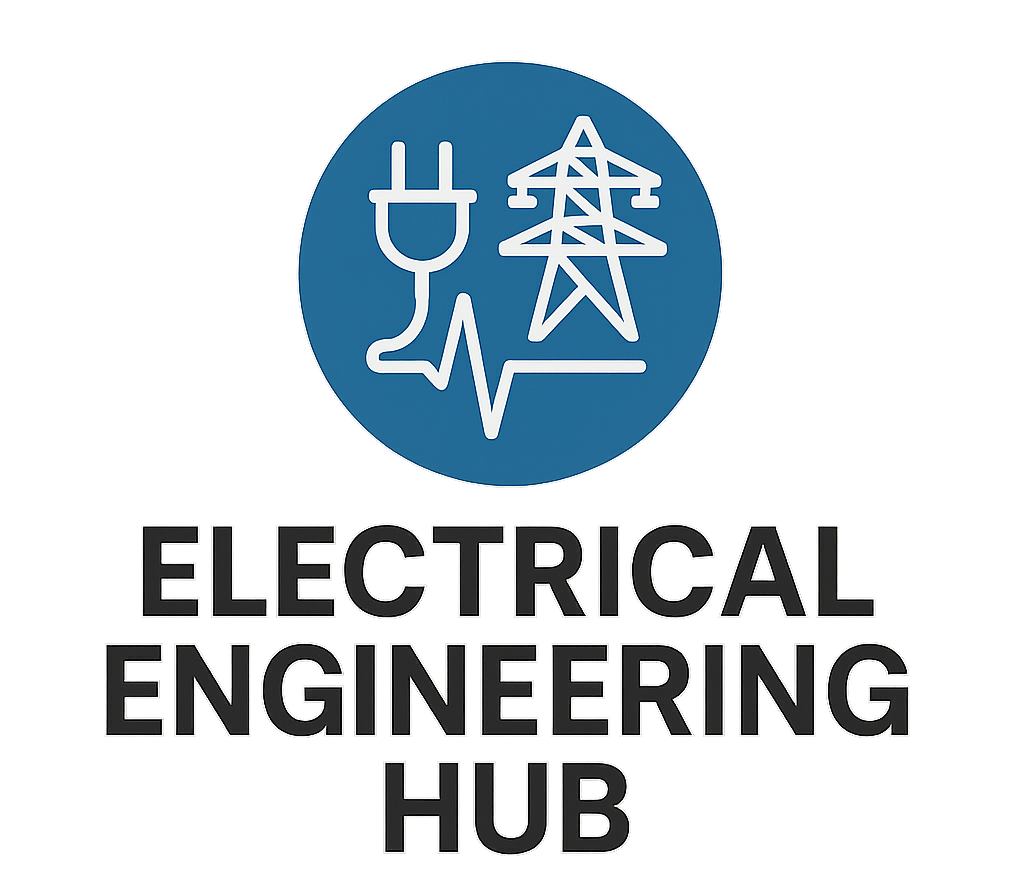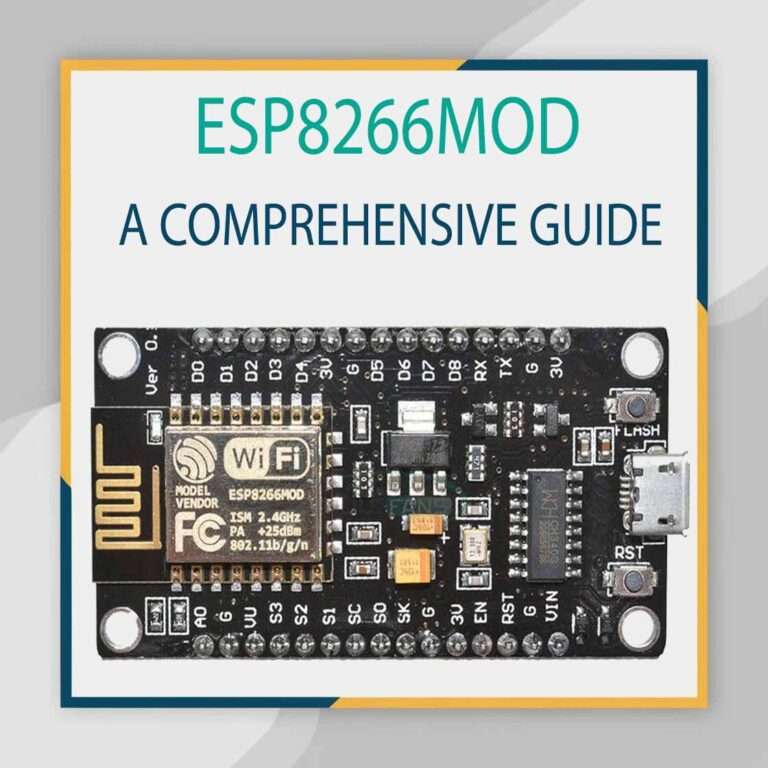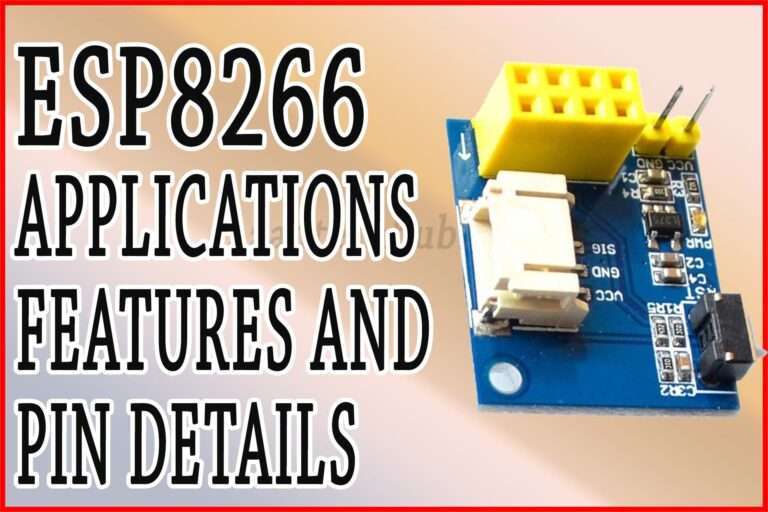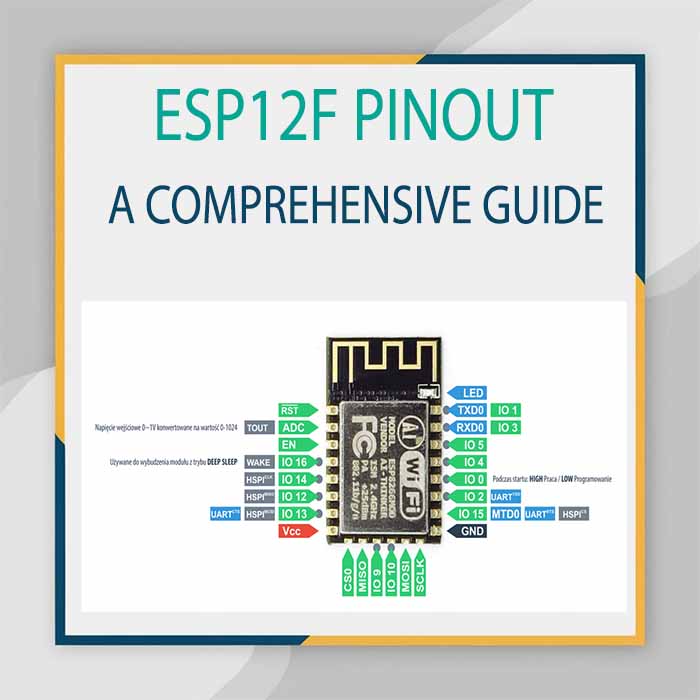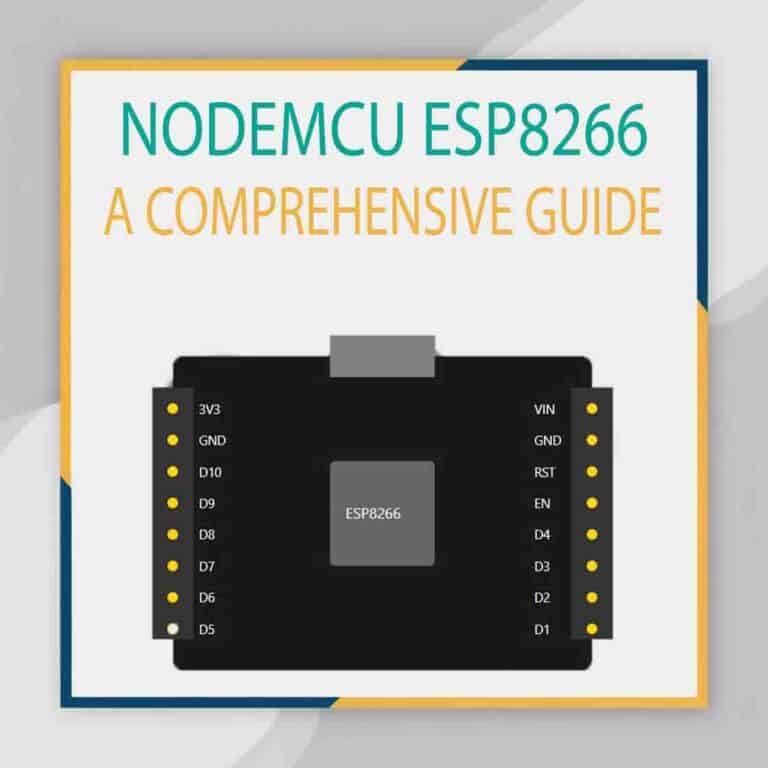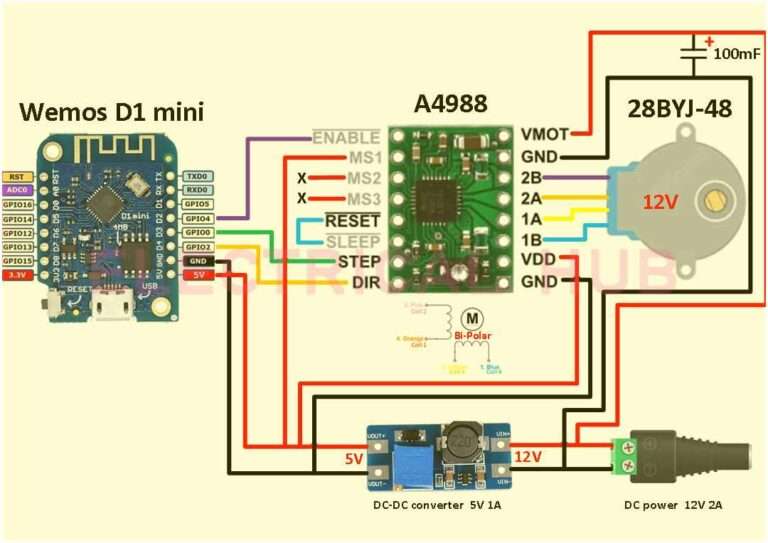Top 10 ESP-Based Smart Home Projects for Beginners
Smart home automation is no longer just a luxury; it is now affordable and accessible for almost anyone who wants to bring intelligence into their living space. With the help of ESP microcontrollers such as ESP8266 and ESP32, beginners can build smart home projects that rival commercial solutions. These boards are cost-effective, support Wi-Fi connectivity, and can be programmed easily with Arduino IDE or MicroPython. That makes them the perfect starting point for those curious about electronics, coding, and automation.
Table of Contents
Table of Contents
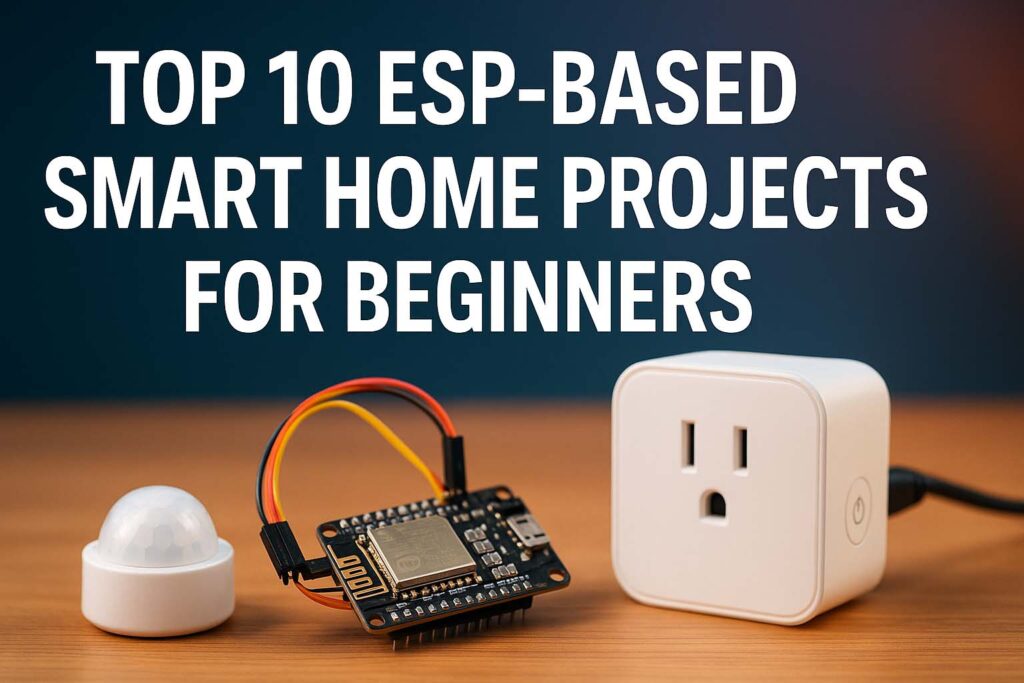
Beginners often find themselves overwhelmed by too many platforms, sensors, and coding examples. But the ESP ecosystem solves that problem by offering flexibility and scalability. You can start with small projects like a smart relay switch and later expand to advanced setups such as whole-house energy monitoring. The best part is that most of these projects can be created with low-cost hardware and a few hours of learning.
This article explains the Top 10 ESP-Based Smart Home Projects for Beginners that anyone can try. Each project covers technical insights, required components, and how it fits into the bigger picture of home automation. The goal is to give you a roadmap where you can learn step by step and gradually master smart home technology.
Key Takeaways
- ESP boards (ESP8266 and ESP32) are affordable and perfect for smart home automation.
- Beginners can build working projects with simple hardware and open-source software.
- The Top 10 ESP-Based Smart Home Projects for Beginners provide a balance of learning and practical application.
- Each project can be scaled or integrated into a larger automation ecosystem.
1. Smart Home Relay Switch with ESP
A smart relay switch is one of the simplest yet most useful ESP projects. It lets you control lights, fans, or appliances via Wi-Fi. With an ESP8266 module and a relay module, you can integrate this project with platforms like Blynk or Home Assistant.
How it works: The relay acts as a switch, controlled by GPIO pins of the ESP. Through a mobile app, you can send signals over Wi-Fi, and the relay toggles the connected device.
Components Required
| Component | Description |
|---|---|
| ESP8266/ESP32 | Wi-Fi enabled microcontroller |
| Relay Module | For switching appliances |
| Power Supply | 5V regulated |
| Mobile App | Blynk / Home Assistant |
This project teaches the basics of GPIO control, Wi-Fi communication, and mobile app integration. It is often the first step in understanding how ESP boards interact with real-world devices.
2. ESP-Based Smart Home Door Lock
Building a smart door lock with ESP provides smart home security and convenience. By combining an ESP32 with a servo motor and RFID or keypad module, you can create a lock that only opens for authorized users.
Working Principle: The ESP reads user input (card or PIN), verifies it against stored data, and triggers the servo to unlock the door. Wi-Fi capability allows remote monitoring or unlocking from a mobile app.
This project highlights the power of integrating sensors and actuators. Beginners also learn how to store data securely and design reliable automation systems.
Know more about How to Build a Smart Home Relay with ESP12F: Step By Step Guide
3. ESP Smart Lighting System
Lighting automation is a core feature in every smart home. With an ESP-based smart lighting system, you can control LEDs or bulbs with mobile apps, voice assistants, or schedules.
You can also use sensors like LDR (light dependent resistor) to automate lights based on room brightness. This makes your home energy efficient while improving convenience.
Technical insight: ESP boards can connect to MQTT brokers, making it possible to sync lighting control across multiple rooms or devices.
4. ESP Home Security Alarm System
A security alarm system with ESP ensures safety at a low cost. By using motion sensors (PIR) or magnetic door sensors, you can detect intrusions and trigger alerts.
The ESP board connects to Wi-Fi and sends real-time notifications to your smartphone. It can also activate a buzzer or siren.
This project is a perfect example of event-driven automation. It introduces beginners to interrupt handling, sensor integration, and real-time alerts.
5. ESP Energy Monitoring System
Monitoring electricity usage helps reduce bills and ensures sustainable living. With an ESP32, current sensor (ACS712 or SCT-013), and a display, you can track power consumption.
Table: Example Data for Energy Monitoring
| Parameter | Reading |
|---|---|
| Voltage | 230 V |
| Current | 3.2 A |
| Power | 736 W |
| Energy | 4.5 kWh |
The ESP can log this data to cloud services like ThingsBoard or InfluxDB for detailed analysis. Beginners learn about ADC (analog-to-digital conversion) and IoT dashboards in this project.
Know more about Best WiFi Modules for Smart Home Projects (ESP8266, ESP32, ESP12F)
6. ESP Smart Irrigation System
Home gardens can benefit from smart irrigation. With soil moisture sensors and an ESP32, you can automate watering based on soil dryness.
The ESP controls a water pump through a relay and ensures plants get the right amount of water. Cloud connectivity allows remote monitoring of soil conditions.
This project introduces sensor calibration, threshold control, and IoT dashboards. It also shows how ESP boards support sustainable smart living.
7. ESP Smart Thermostat
Temperature control is vital for comfort and energy savings. An ESP-based smart thermostat uses sensors like DHT22 to monitor temperature and humidity, then controls fans, heaters, or AC systems.
Wi-Fi connectivity allows you to adjust setpoints remotely. With proper coding, you can implement hysteresis to avoid frequent switching.
This project demonstrates control systems and feedback loops, which are essential in smart automation.
8. ESP Voice-Controlled Home Automation
With ESP boards, you can build a system that works with Google Assistant or Alexa. By using IFTTT or MQTT, you can send voice commands that trigger devices via ESP.
This project requires linking cloud services and APIs, making it slightly more advanced. However, it introduces beginners to modern smart home integration with voice assistants.
Know more about home automation using iot here in this detailed guide and explore how to use IoT in Home automation.
9. ESP Smart Camera with Motion Detection
The ESP32-CAM module enables low-cost video surveillance. It includes a camera and Wi-Fi, allowing streaming and motion detection.
When motion is detected, the system can capture images or send alerts. This project helps beginners understand image processing, streaming protocols, and cloud integration.
10. ESP Multi-Room Home Automation Hub
The most advanced beginner project is creating a central hub that manages multiple ESP devices. With MQTT or ESP-NOW protocol, you can link relays, sensors, and switches into a single ecosystem.
This system can be integrated with Home Assistant or Node-RED dashboards for real-time monitoring and control. Beginners learn about networking, data protocols, and building scalable smart home systems.
Why Beginners Should Start with ESP Projects
The Top 10 ESP-Based Smart Home Projects for Beginners are not just about fun experiments. They provide hands-on experience in IoT concepts such as Wi-Fi communication, sensor integration, automation logic, and cloud connectivity. The ESP ecosystem offers scalability: once you master basic projects, you can expand into AI-based automation or advanced protocols like Zigbee and Matter.
ESP boards are open-source friendly, with a huge online community that shares libraries, tutorials, and troubleshooting guides. This ensures that even if you face challenges, solutions are only a search away.
Know more about ESP12F Pinout: An Important Guide
Final Thoughts
The Top 10 ESP-Based Smart Home Projects for Beginners represent a practical roadmap to mastering smart automation. From simple relay switches to multi-room hubs, each project adds a new layer of learning. You can start with basic hardware costing just a few dollars and gradually build complex systems.
These projects are not only educational but also practical, allowing you to improve your home while learning. By the time you complete all ten, you will have enough expertise to design advanced IoT systems or even commercial-level solutions.
Follow Us on Social:
Subscribe our Newsletter on Electrical Insights for latest updates from Electrical Engineering Hub
#ESPProjects, #SmartHomeDIY, #ESPBeginners, #IOTProjects, #SmartHomeTech, #ESP8266, #ESP32Projects, #HomeAutomation, #ElectronicsForBeginners, #DIYTechProjects, #IoTDevelopment, #ArduinoESP, #ESPHome, #IoTLearning, #TechDIY
